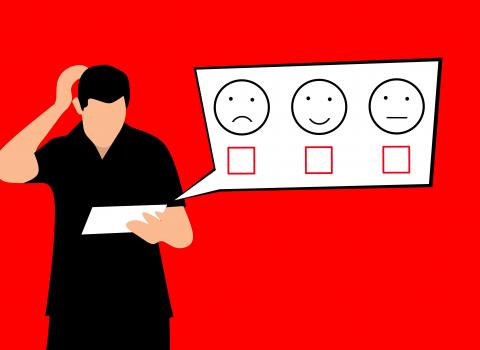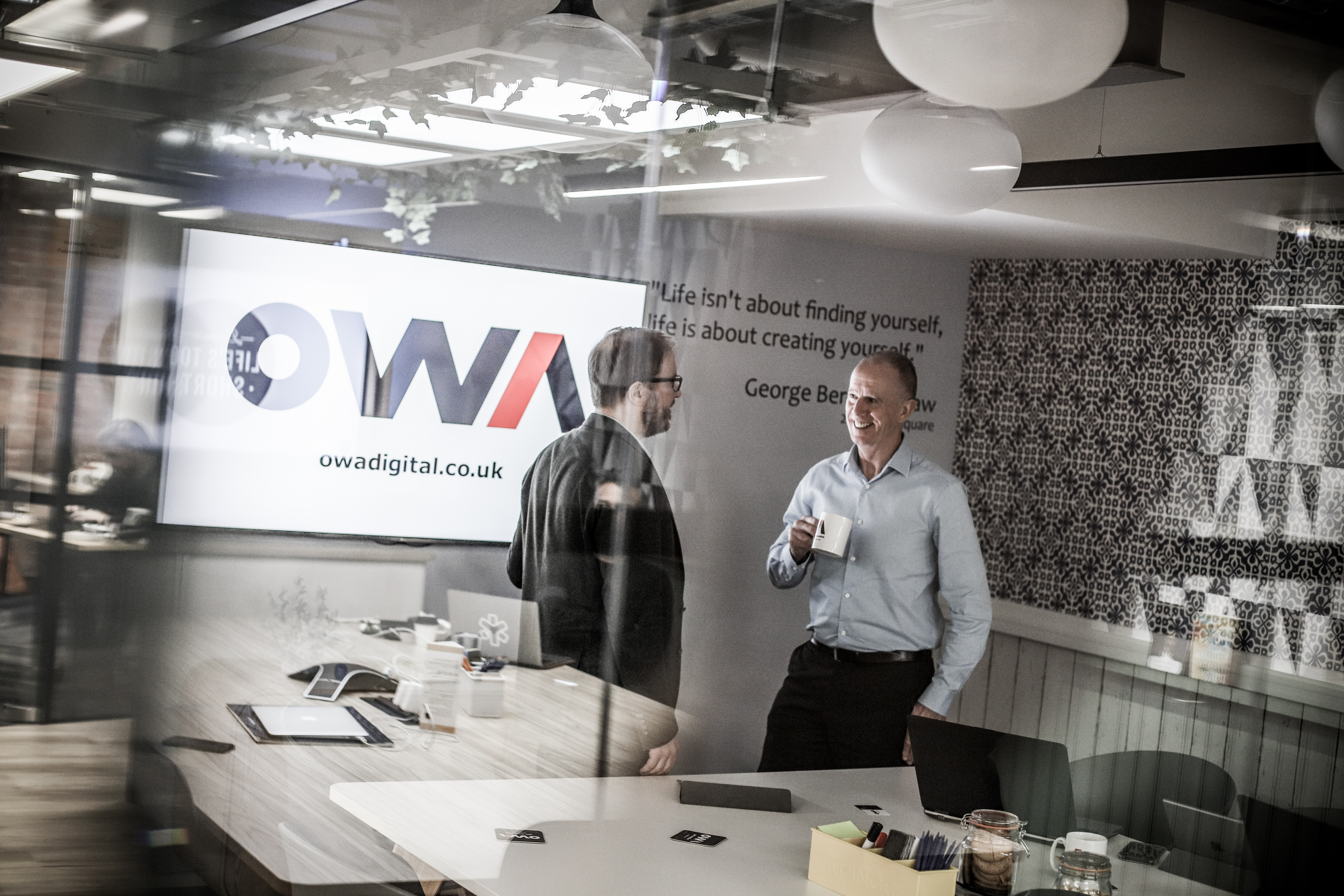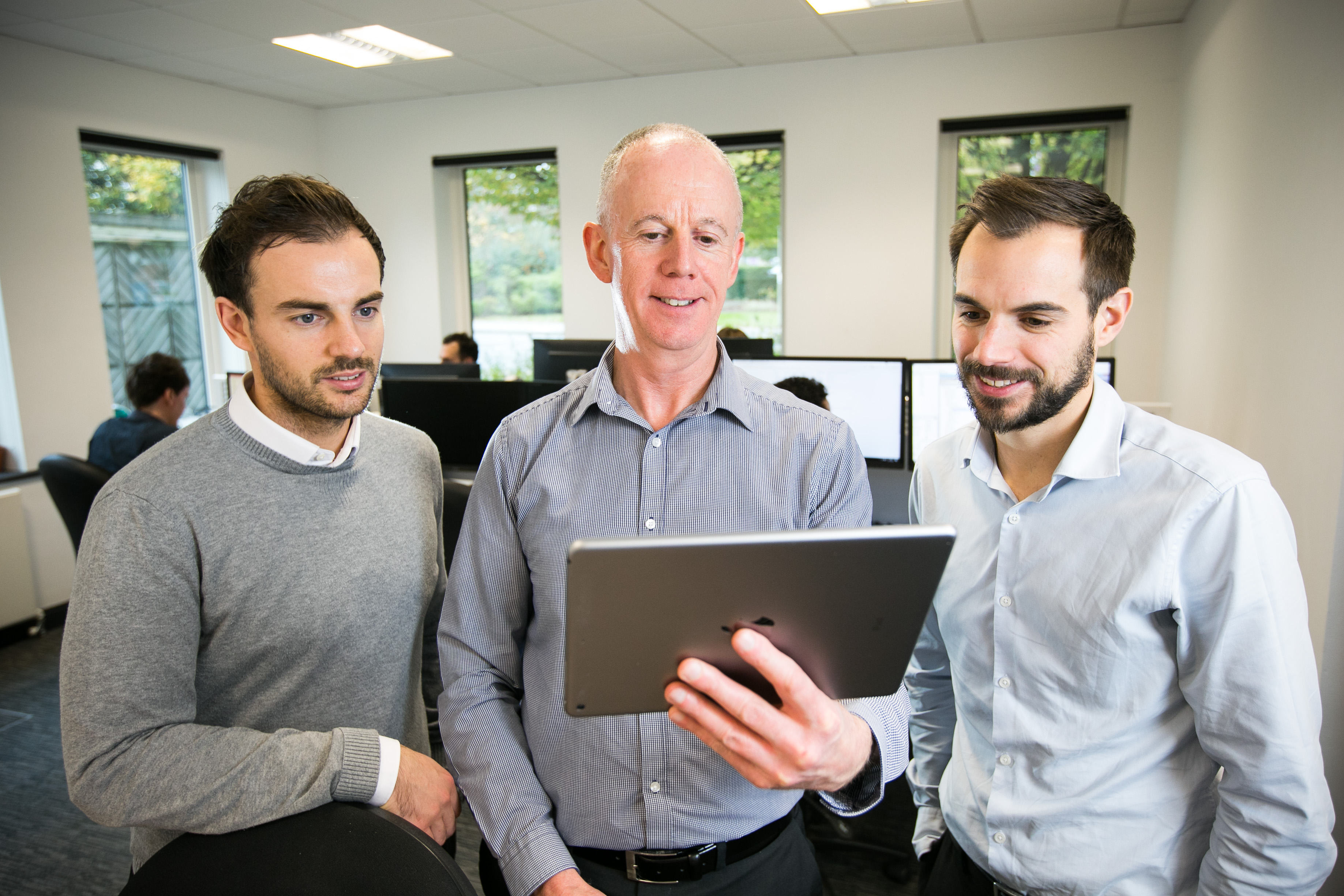As some of our regular visitors have already noticed, we have recently redesigned and redeveloped the OWA website (thanks for all the nice feedback!). Any process such as a site relaunch, which involves reviewing and evaluating your positioning, is a great opportunity to check your offering, objectives and presentation are all still aligned and working for your users. There’s nothing quite like a new website to throw things into sharp relief if this isn’t the case!
In this post we take a look at several of the high-level considerations arising when working on a project of this type – whether it’s your own CMS website or for someone else.
Who are you?
Across a very wide range of sectors, from not-for-profits to ecommerce and start-ups, the website remains a pre-eminent showcase for your cause, product or service. So, at its most basic, your new website needs to honestly present who you are and what you do to the outside world.
This will be communicated not just through the content itself and the visual design and branding, but also through decisions made on the layout and structure of the site.
For example, the way in which important user actions are presented will lead your visitors to form an impression on how easy, effective and worthwhile their clicks have been relative to time spent. This perception – good or bad – will be connected to you and your brand. Who you are is as much about the way people perceive your website user experience as your official marketing communications.
Who’s the website for?
One of the easiest traps to fall into is to design and build a website modelled around yourself and your colleagues as the envisaged user. The end product might look and work exactly as *you* hoped it would but is that what your actual end users want? What would a typical visitor to your site think? Is there even such a thing as an archetype?
Gravity always pulls us back to thinking about what we would look for ourselves. But the site needs to be planned around the sorts of visitors you are hoping to attract and maintain. Asking questions like how will they find us, what’s their motivation to click and what are they hoping to do will get you on your way.
Alongside this, what do you know about these users? What’s a typical age range, where are they based and what are the main devices they are experiencing your website on? Hopefully, you’ll be able to gather a representative group to carry out some meaningful user testing later in the project to make sure your information architecture (IA), user experience (UX) and user interface (UI) design is working well.
A CMS website relaunch is a great opportunity to check your offering, objectives, functionality and presentation are all aligned and working for your users
What are your visitors doing?
So, you know who your site is for but what are your users actually doing while there and can you improve the experience for them? Is there anything new you want them to do and, if so, why do you want them to do it? These questions need to be explored and interrogated before you firm up changes to structure, functionality, content and design.
Your analytics software or server logs are helpful here. Insights about what users regularly do on your existing site, how long they spend, pain points they encounter where you lose them and a host of other metrics will hopefully match any broader knowledge you already have about typical behaviour. And if it doesn’t, then you know where to undertake additional research.
Principally, you’re looking at key actions or tasks users might carry out on the site. This could be anything from signing a petition, viewing important information, sending you an email or buying a product. These actions will all have associated steps that form a user journey, which you want to make smooth, easy and frictionless.
Knowing what these user actions are and what the steps on the journey to complete them look like will be central to the success – or otherwise – of your new website. You can create a number of key performance indicators (KPIs) around these steps and, once live, start to measure how well you are doing against your objectives.
How to help your users?
In marrying what your users want to do and what you’d like them to do into a set of coherent journeys, you will end up with several possible starting points on your pages that differ depending on how people have come to you. Good UX will match the landing points contextually to the stage where an individual visitor might be at in a likely journey and this will help them to seamlessly complete an action.
For example, what about a person who comes to a particular page through a paid Google Ad centred on a specific keyword? That’s likely to be a visitor who has a firmed-up intention around that search inquiry. Similarly, if a user arrives via an organic search term on a keyword-optimised landing page, you can conjecture there is also clear intent. On the other hand, an arrival on your homepage is possibly less specific – it could be a link from another site, word of mouth or a more general search inquiry – so keeping the options wider open on a next step makes good sense.
Aligned and primed
Ultimately, with a new website, you are aiming to present visitors in different situations with intuitive routes to complete a range of actions wherever they may be on a particular journey.
If you’ve got the items we looked at above aligned, the resulting structure, functionality, UX, positioning and content design should be clear and appealing, drawing people in to undertake these actions with a degree of satisfaction.
Get all of this right and you will be in a strong position to continue building on this into the future. Do remember it is just the first step in a process of constant evolution – one which requires ongoing review to ensure you’re keeping up with changes in technology and remaining relevant to your users.


